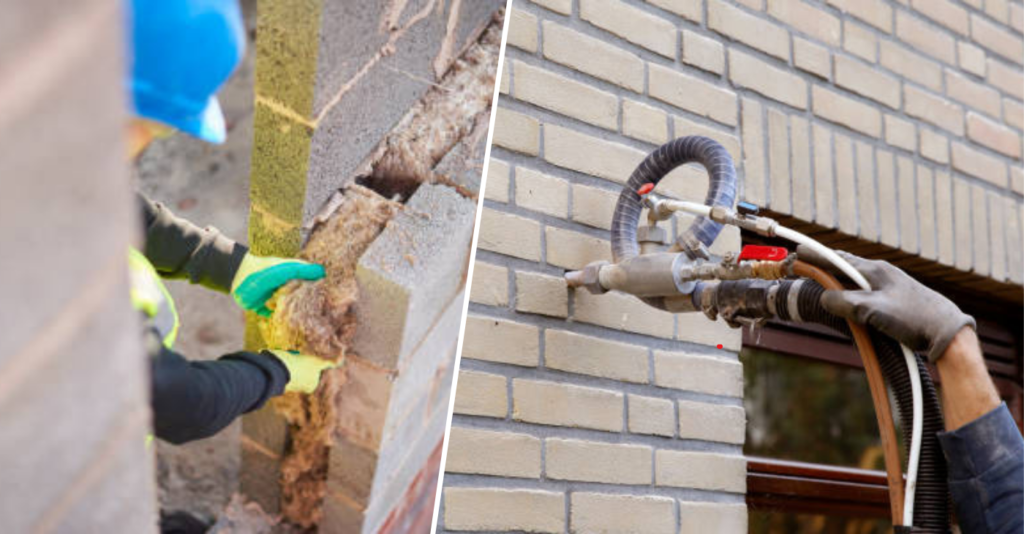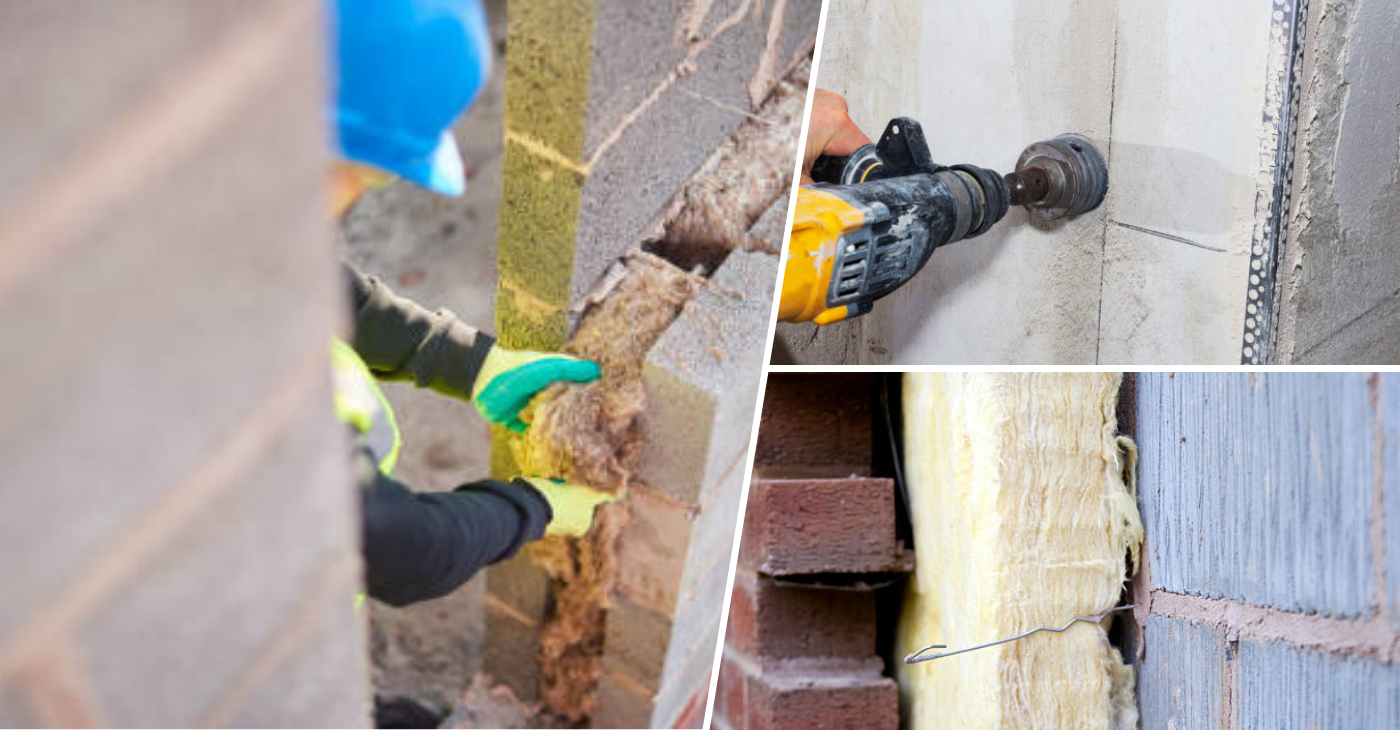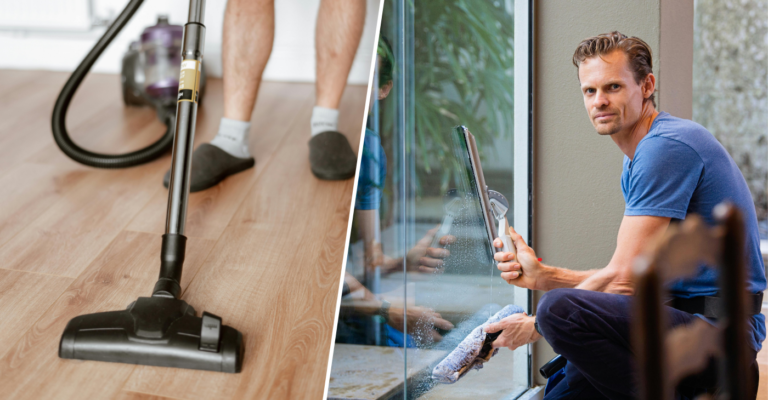Is your home need loose fill cavity wall insulation? Why you should consider it.
Loose fill cavity wall insulation is one of the most effective ways to improve your home’s energy efficiency and comfort during the colder months. It significantly reduces heat loss and helps maintain a consistent indoor temperature by filling the gaps between your home’s inner and outer walls with loose materials. Homeowners are looking for effective ways to keep their homes warm without breaking the bank. One solution that is gaining popularity is loose fill cavity wall insulation. This type of insulation provides an excellent barrier against heat loss, helping to maintain a comfortable home environment while cutting down on energy costs. In this article, we’ll explore what loose fill cavity wall insulation is, its benefits, and why it might be the perfect option for your home.
What is loose fill cavity wall insulation?
Loose fill cavity wall insulation is a method of insulating the gaps between the inner and outer walls of a house. These gaps, known as cavities, are common in homes built from the 1920s onwards. Without proper insulation, these cavities allow a significant amount of heat to escape, especially during colder months.
Loose fill insulation involves filling these gaps with lightweight materials like mineral wool, polystyrene beads, or cellulose. These materials are blown into the walls through small holes drilled into the exterior, which are sealed afterward. The loose fill spreads and settles evenly, filling the cavity and creating a thermal barrier that keeps heat inside and cold air out.
Benefits of loose fill cavity wall insulation
There are several compelling reasons to consider loose fill cavity wall insulation for your home:
1. Energy efficiency
Loose fill cavity wall insulation is highly effective at preventing heat loss. By filling the cavities in your walls, this type of insulation helps to maintain a stable indoor temperature, which reduces the need to constantly heat your home. This can lead to significant savings on your energy bills. Some estimates suggest that uninsulated walls can account for up to 35% of heat loss, making proper insulation an essential part of keeping your home energy efficient.
2. Cost-effectiveness
When it comes to insulation options, cavity wall insulation is relatively affordable. The installation process is quick and minimally disruptive, often taking only a day to complete. Because the insulation is simply blown into the walls, there’s no need for major construction work, making it a cost-effective solution for homeowners looking to improve their home’s energy efficiency without a large upfront investment.
Additionally, some regions offer grants or subsidies to help homeowners cover the cost of insulation, making it even more affordable.
3. Improved home comfort
Loose fill insulation not only helps lower your energy bills but also improves the overall comfort of your home. By reducing heat loss, it helps to keep your home warm and cozy during the winter months. The even distribution of insulation throughout the walls prevents cold spots and drafts, ensuring that every room in your home maintains a consistent temperature.
4. Soundproofing
A less obvious but valuable benefit of loose fill insulation is its soundproofing qualities. The insulation material can absorb and reduce noise from outside, making your home quieter and more peaceful. If you live in a busy or noisy area, this added soundproofing can significantly improve your quality of life.
5. Moisture resistance
Loose fill insulation, particularly when using materials like polystyrene beads, can help prevent moisture from penetrating your walls. This added moisture resistance reduces the risk of dampness, mould, and structural damage, which can be especially problematic during the wet winter months. By insulating your walls, you’re also protecting your home from long-term moisture-related issues.
How to install it?
The installation process for loose fill insulation is relatively straightforward and quick. A professional installer will drill small holes into the exterior walls of your home, usually at regular intervals. Through these holes, the loose fill insulation is blown into the cavity between the walls, filling it completely.
Once the cavity is filled, the holes are sealed and the wall’s appearance is restored to its original state. Depending on the size of your home, this process can usually be completed within a day, minimising disruption to your daily life.
Because the installation requires specialised cavity wall insulation machines and knowledge, it’s important to hire a professional to ensure that the job is done correctly. Poor installation can lead to uneven insulation, reducing its effectiveness.

Is your home suitable for insulation?
Before you go ahead with loose fill insulation, it’s important to determine whether your home is suitable. Most homes built after the 1920s were constructed with cavity walls, so if your home was built around or after this time, there’s a good chance it has cavity walls that can be insulated.
However, not all homes are ideal candidates for loose fill insulation. If your home has solid walls (more common in older properties) or if your walls have already been insulated, loose fill insulation may not be the best option. Additionally, it’s important to ensure that your home doesn’t have any existing moisture problems, as insulating over damp walls can make the issue worse.
Signs your home needs insulation
If you’re unsure whether your home needs insulation, there are a few signs to watch for:
- Cold spots and drafts: If some areas of your home feel noticeably colder than others, or if you feel drafts even with the windows and doors closed, it could be a sign that your walls are poorly insulated.
- High energy bills: Rising energy bills during the winter months often point to heat escaping from your home. Insulating your walls can help bring those bills down.
- Condensation and damp: If you notice condensation on your walls or signs of dampness, it may be an indication that your home is losing heat and moisture is seeping through the walls.
Environmental impact
In addition to making your home more comfortable and reducing your energy bills, loose fill cavity wall insulation can have a positive impact on the environment. By reducing the amount of energy needed to heat your home, you’ll be cutting down on carbon emissions, helping to reduce your household’s carbon footprint. This makes loose fill insulation a great choice for environmentally conscious homeowners.
Cost considerations and potential savings
The initial cost of loose fill cavity wall insulation will depend on the size of your home and the type of insulation material used. However, the long-term savings on energy bills can be significant. With proper insulation, many homeowners see a return on investment within a few years through lower heating costs.
Additionally, depending on where you live, you may be eligible for government grants or financial incentives to help cover the cost of installation.
Eligibility criteria to apply for grants for loose fill insulation in UK
In the UK, homeowners may be eligible for grants to help cover the cost of loose fill cavity wall insulation under government schemes aimed at improving energy efficiency. The eligibility criteria for these grants generally include:
- Income level: Many grants are available to individuals or households on lower incomes or receiving certain benefits, such as Universal Credit, Pension Credit, or Income Support.
- Property type: The property must usually have cavity walls suitable for insulation, often built after the 1920s. The home must also be poorly insulated or uninsulated to qualify.
- Homeowner or landlord: Most schemes are targeted at homeowners or private landlords. Some rental properties may be eligible, but tenants may need the landlord’s approval.
- Energy efficiency rating: The property may need to have a low energy efficiency rating (e.g., EPC rating of D or below) to qualify for insulation grants.
It is advisable to check specific grant programs like the Energy Company Obligation (ECO) or local council schemes for detailed eligibility requirements.
Maintenance and longevity
One of the great advantages of loose fill cavity wall insulation is its durability. Once installed, it requires little to no maintenance and can last for many years. It’s a long-term solution that will continue to provide energy savings and comfort well into the future. However, it’s always a good idea to have your insulation checked periodically by a professional to ensure it’s still performing optimally.
Why consider loose fill insulation for winter preparation
Winter can be harsh on homes that are poorly insulated, leading to cold drafts, high energy bills, and an overall uncomfortable living environment. Loose fill cavity wall insulation is an easy and effective way to prepare your home for winter, ensuring that you stay warm while keeping your energy costs in check. It’s a quick, cost-effective solution that can transform your home’s energy efficiency and comfort levels.
Summary
If you’re wondering whether your home is ready for winter, loose fill cavity wall insulation could be the answer. It offers a range of benefits, from energy savings and increased comfort to soundproofing and moisture resistance. Whether you’re looking to reduce your heating bills or make your home more eco-friendly, loose fill insulation is a smart investment. Before the cold weather sets in, consider contacting a professional to assess your home’s insulation needs and start enjoying a warmer, more efficient living space. Read more about grants in Wales on ConstructionToday.







